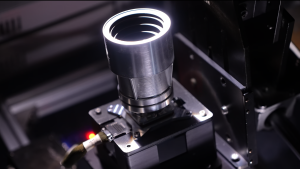Stray light means any unexpected light that enters an optical system and reaches the detector or sensor. It usually causes image distortion, reduces contrast, or creates artifacts. It may come from various paths. These include lens surface reflections, dust particle scattering, edge diffraction, and even external light source leaks into the system.
Stray light affects more than visuals. It lowers signal-to-noise ratio, impacts measurement accuracy, and raises error rates in automated systems. Therefore, optical engineers prioritize stray light analysis early in design.

A stray light simulation system essentially serves as a software-based platform. It uses ray-tracing algorithms to model light propagation paths in optical systems. These systems simulate millions of rays. They track interactions with surfaces, materials, and geometries. By including factors like wavelength, polarization, and environmental conditions, the software predicts stray light locations and their system-wide effects.
The simulation process includes several key steps:
Applications of Stray Light Simulation Systems Across Industries
Stray light simulation systems offer versatility and prove essential in many fields. In aerospace and defense, engineers use them to design satellite imaging systems. They prevent solar or Earth albedo light from “blinding” sensors.
Advantages of Implementing Stray Light Simulation in Optical Design
Virtual prototyping reduces multiple physical iterations. It cuts material and labor costs. Predictive modeling boosts accuracy and delivers superior product performance. Fewer prototypes mean less waste.
Send us a message,we will answer your email shortly!